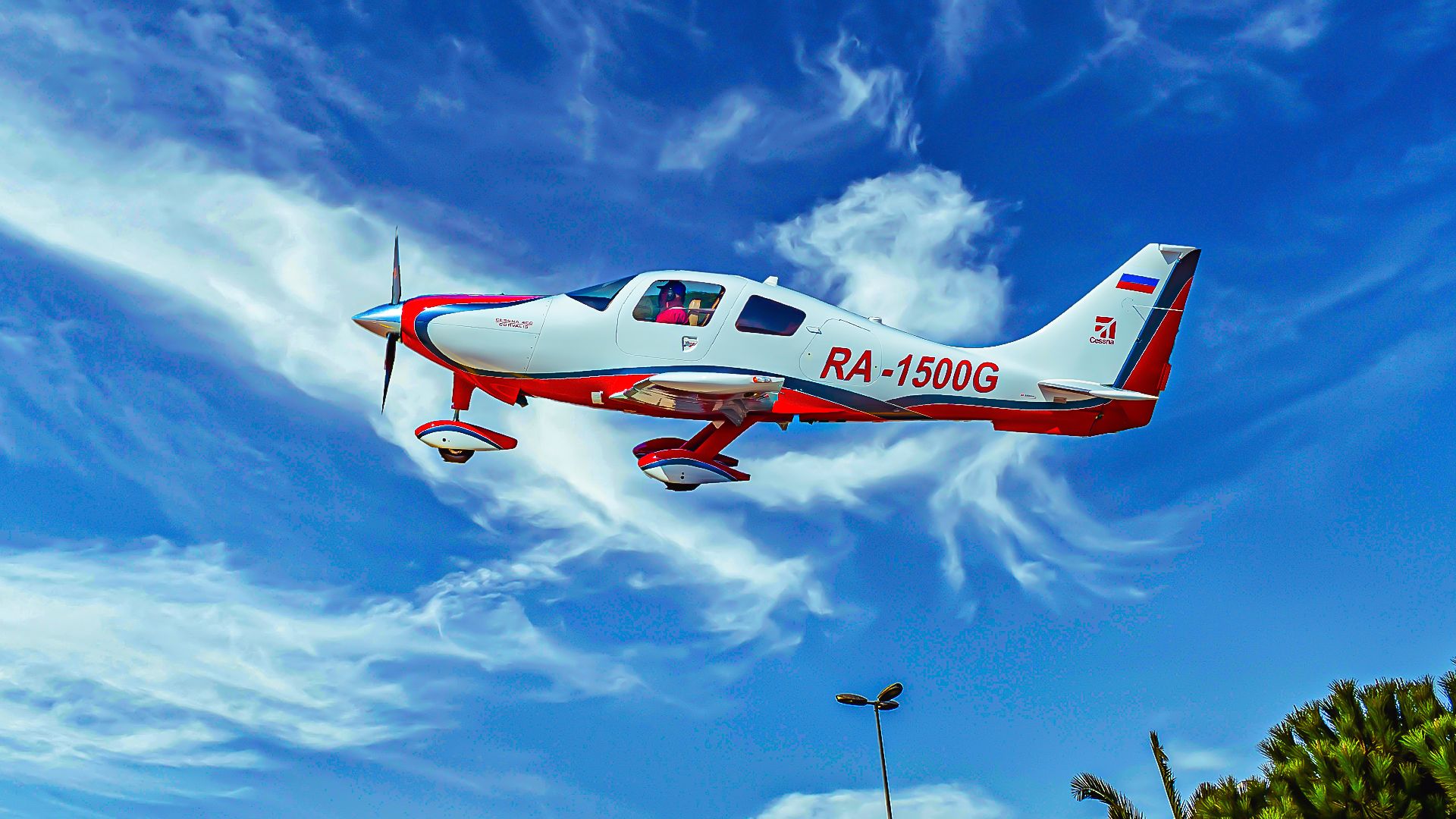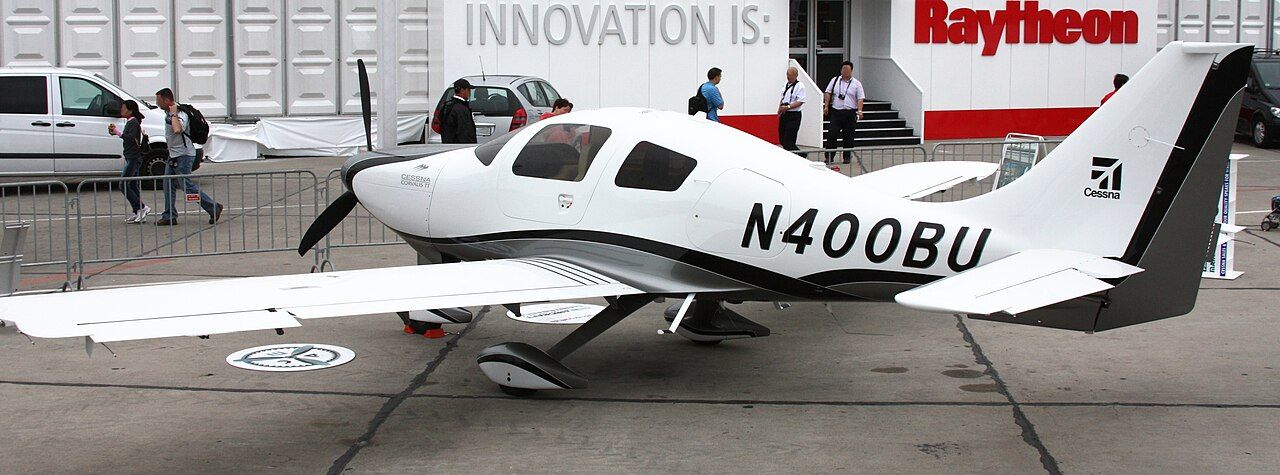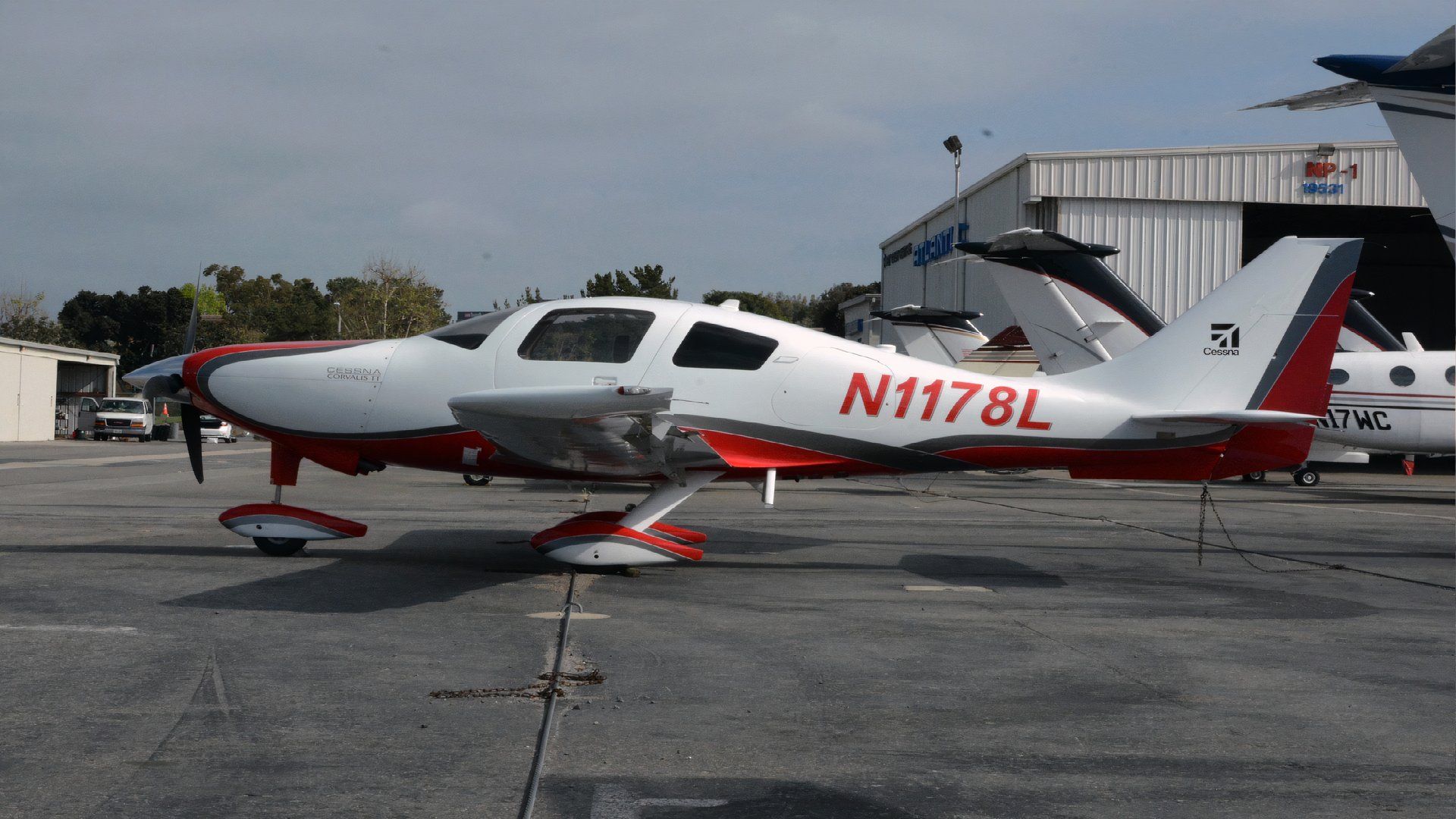When Cessna welcomed the Columbia 350 and 400 models into their own company, they renamed them Cessna 350 and Cessna 400. After a few tweaks, the Cessna 400 was transformed into an international model.
Its speed might not compare to that of a jet, but the Cessna 400 TTx flies higher than most planes and its competitors and cruises around 435 mph. It stands strong with a composite fiberglass-made airframe and a turbocharged engine with dual intercoolers. It also boasts the Garmin-based avionics system that makes pilots eager to fly as they’re user-friendly and reliable.
The journey from Columbia to Cessna paid off, as the 400TTx holds a high position in the Cessna hierarchy in capability and complexity. It has a horsepower of 310, which makes the plane stand out in the crowded light aircraft market.
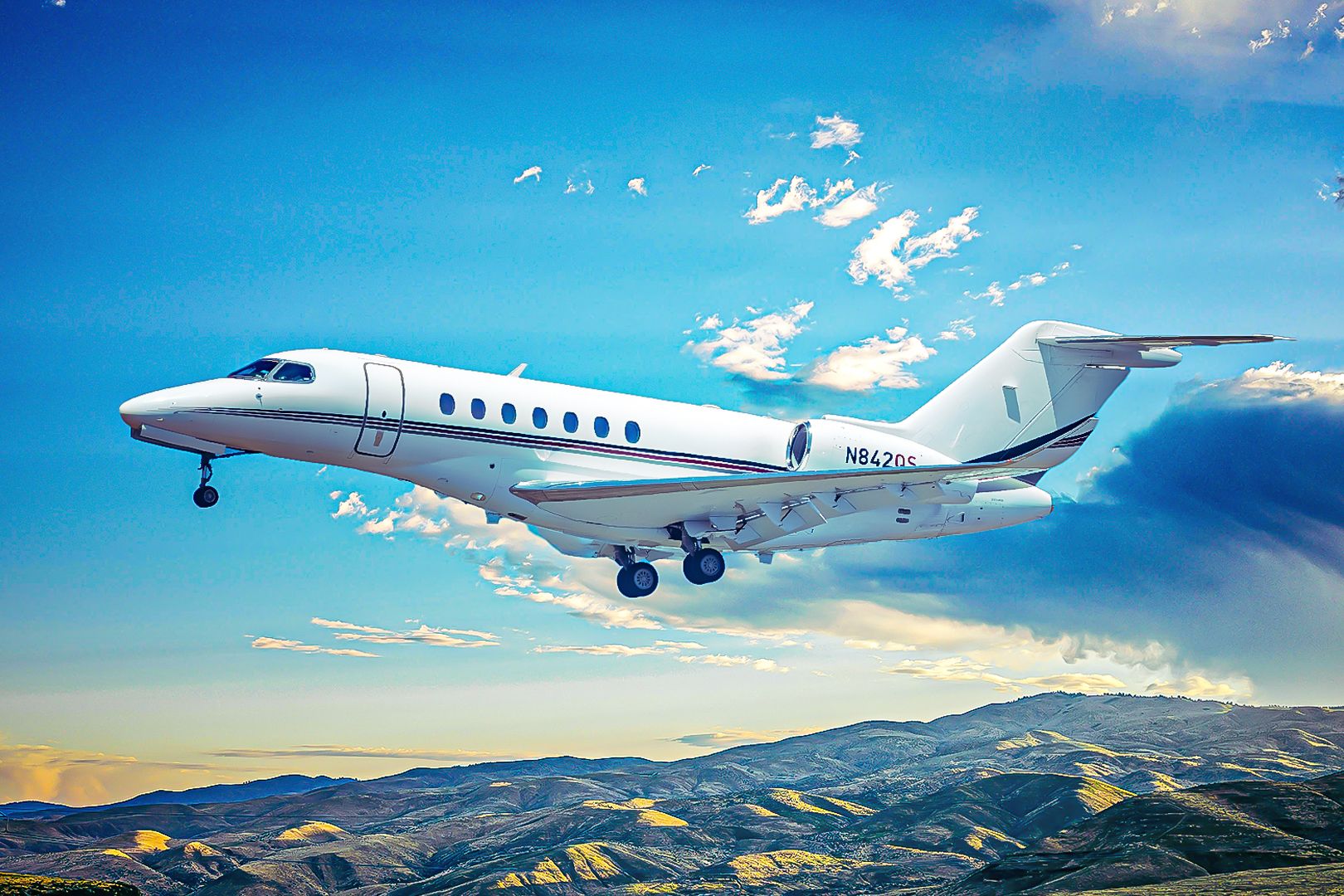
Related
Largest Citation Jet: A Closer Look At The Cessna Citation Longitude
The Cessna Citation Longitude is a new-generation aircraft designed for long-range flights with maximum comfort and low fuel consumption.
Cessna 400: A story of innovation
In the late 1970s, Colombian engineers wanted to create an affordable plane for business and commercial use and made the Columbia 400. When Columbia Aircraft later filed for bankruptcy, Textron bid to acquire their aircraft in 2007.
Cessna, a leading manufacturer of general aviation, saw the potential to take the aircraft internationally. After some structural enhancements and modernized avionics, it was renamed the Cessna 400 “Corvalis” model.
Pilots loved the Cessna 400 because it was easy to use and felt ‘stable.’ Owners enjoyed reliable returns on their investment, flying business passengers, and light freight. It found new life-serving missions in Australia, Canada, and other places worldwide with backcountry operations.
“This is a significant day as it brings together two top aircraft design and production companies to offer the global general aviation community the widest range of propeller aircraft, along with world-class product support, all under the Cessna brand – one of the most trusted names in aviation. I would like to thank the 400-plus Columbia employees for their continued hard work and dedication during the bankruptcy process. We look forward to welcoming them to the Cessna family.” This is what the President and CEO of Textron, Jack. J. Pelton, said after successfully bidding for Columbia aircraft at $26.4M.
400 TTx specifications
The Cessna 400 TTx has the space for one crew member and four passengers and includes the following specifications. The specifications may explain why it has a reputation for being any pilot’s favorite plane to fly.
Dimensions
- Wingspan: 36 feet 1 in
- Length: 25 feet 2 in
- Exterior height: 9 feet
- Wing area: 141 sq. ft
Performance
- Cruise speed: 200 mph
- Range: 1,000 miles
- Service Ceiling: 18,000 feet
- Rate of Climb: 1400 fpm
Weight
- Maximum takeoff weight: 5,200 lbs
- Useful Load: 1,500 lbs
Power plant
- 1 Engine: Continental IO-550-N
Avionics
- Garmin G500 TXi flight display
Cabin features
- Large doors/baggage access
- Commuter-style leather seats
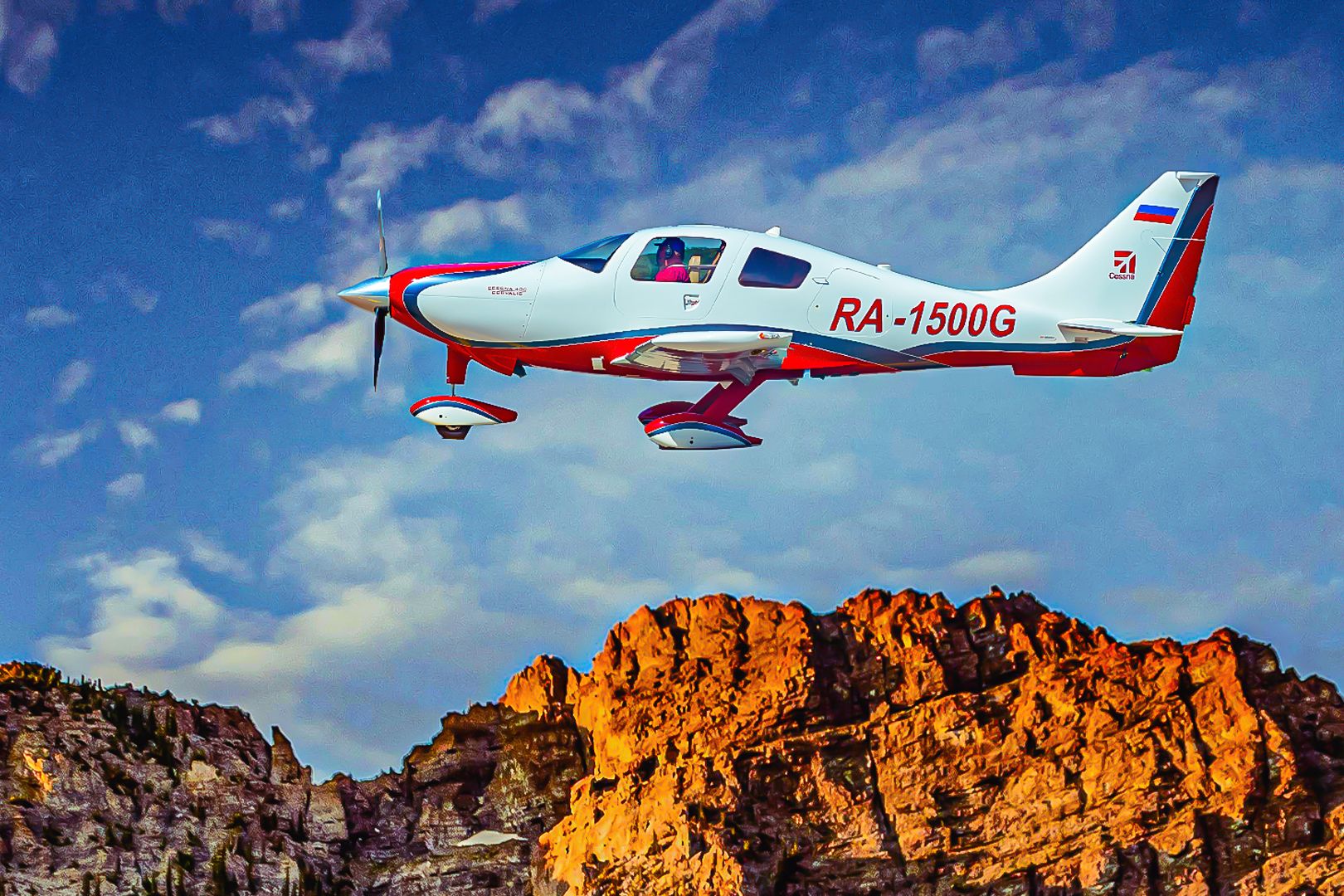
Related
Columbia To Cessna: A Look At The Cessna 350 Corvalis
Cessna acquired Columbia Aircraft in late 2007 and began producing the aircraft.
Fine-tuning the 400 TTx
After Columbia 400 became part of the Cessna family, the new owners modified and rebranded it. One change they made was to the speed brakes to help during descent.
- Airframe: They gave the 400 a new composite body that would make the airframe lighter but sturdy. The Columbia 400’s body might have been sufficient for local use, but it did not meet certification standards for production on a larger scale. By integrating composite materials, the 400TTx would resist corrosion, keeping the aircraft flying for longer.
- Avionics: In the cockpit, they put glass windows and a Garmin avionics suite. This suite had flight displays that were nothing like the traditional ones, and the suite organized the panels, making it look less cluttered. Then there’s the ESP. The autopilot features electronic stability protection (ESP) that assists the pilot in descending in challenging flight attitudes. What’s amazing is that even when the autopilot is off, the ESP remains on duty, monitoring the flight and ready to act.
- Engine: Cessna also equipped the model with an engine producing 310 horsepower. This horsepower was way better than the Columbia 400’s slightly lower output. The boost in power improved climb rates and speeds, keeping the 400TTx ahead of its competitor, the Cirrus SR22T. Cessna upgraded the engine to a higher power, 310 horsepower. Upgrading made the 400 one of the fastest piston aircraft in the world. Its top speed was 270 miles per hour—more than 235 knots.
- TKS Ice protection system: According to statistics from the National Transportation Safety Board, an average of 4 plane accidents and 5 fatalities that occurred annually between 2008 and 2021 can be attributed to in-flight icing. Pilots flying the Cessna 400 TTx can activate the ice protection system to prevent ice from accumulating on the leading edges and surfaces of the wings during flight through icing conditions.
- Wings: The wings of the Cessna 400 TTx received reinforced framing, allowing for greater payload weight. State-of-the-art leading-edge deicing boots protected against icing.
“Current Columbia aircraft owners should feel very secure knowing their investment will now be supported through our vast global customer sales and service network.” Jack Pelton, CEO of Textron
Despite all these improvements, production faltered after 2008. Cessna 400 reported low sales, and it was removed from its website, making it unavailable for sale.
From Columbia to Cessna to the world
After descending from Columbia and landing successful production as the Cessna 400, and now refined as the 400 TTx- this aircraft proves how adaptations can sustain a design’s longevity. The new structure, avionics, ice protection, and stability systems set a new standard for capability and survival ability in challenging conditions.
The new speed, ranges, and capacities expanded the 400’s scope, opening new possibilities. The production of 400TTx may have stopped, but its transformation is a story of resilience and quality, relevant for generations to come.

